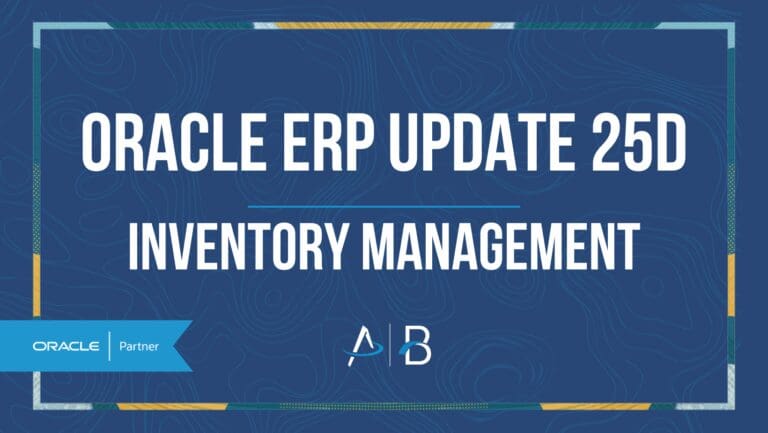A Proven Path to a Winning Compensation Cycle
A successful compensation cycle is far more than an annual salary review, it’s a strategic process that directly impacts your organization’s ability to attract, retain, and motivate top talent. When executed effectively, it aligns employee rewards with business goals, fosters internal equity, and supports overall financial health. However, without a clear, structured approach, managing compensation can become a complex, time-consuming challenge leading to dissatisfaction, compliance risks, and unoptimized spending. To build a truly winning compensation strategy, following a proven five-step path is essential.
Step 1: Define Your Goals
The foundation of any effective compensation cycle lies in clearly defining its objectives. Before you assess a single salary or allocate a dollar, you must understand what you aim to achieve. Are you looking to attract top-tier talent in a competitive market? Do you need to improve retention for critical roles? Is your primary goal to motivate higher performance, ensure internal pay equity, or control compensation costs?
These goals should be specific, measurable, and directly tied to your overarching business strategy. For example, a rapidly growing tech company might prioritize market competitiveness to attract engineers, while a mature organization might focus on internal equity and performance-based rewards to drive productivity. According to a recent Willis Towers Watson survey, organizations with clearly defined compensation philosophies outperform peers in talent retention by up to 15%. Defining your “why” from the outset ensures every subsequent step serves a strategic purpose.
Step 2: Assess Market Data
Once your goals are clear, the next critical step is to understand the external landscape. Assessing market data allows you to benchmark your current compensation against industry standards, geographic variations, and competitors. This ensures your pay structures are competitive enough to attract and retain the talent you need.
Market data typically comes from reputable salary surveys, industry reports, and specialized compensation data providers. Analyze data points such as base pay, variable pay (bonuses, commissions), long-term incentives, and benefits for similar roles. It’s crucial to select relevant peer groups based on industry, company size, revenue, and location. For instance, a software company in Boston will benchmark differently than a manufacturing firm in a rural area. A common mistake is using generic data, which can lead to overpaying or underpaying for talent. Studies show that companies with a strong grasp of market compensation data are 2x more likely to hit their talent acquisition targets.
Step 3: Set Pay Structure
With market data insights in hand, you can now design or refine your internal pay structure. This involves developing salary ranges, grades, and bands that reflect both external market value and internal job hierarchy and equity.
A well-defined pay structure provides a framework for consistent and fair compensation decisions. It includes:
- Job Grading/Banding: Grouping jobs of similar value or complexity into specific grades or bands.
- Salary Ranges: Establishing minimum, midpoint, and maximum pay for each grade, allowing for differentiation based on experience, performance, and market value.
- Policies: Defining clear guidelines for how employees progress through ranges, how new hires are placed, and how promotions impact pay.
This structure forms the backbone of your compensation system, providing transparency and helping managers make informed decisions. According to a Gartner report, organizations with transparent and well-defined pay structures see a 30% increase in employee trust and engagement regarding compensation.
Step 4: Make Adjustments
This is where the rubber meets the road – applying your defined strategy and structure to individual employee compensation. This step involves making actual pay adjustments based on various factors:
- Merit Increases: Rewarding individual performance based on reviews and established criteria.
- Promotions/Demotions: Adjusting pay to reflect changes in role scope and responsibility.
- Equity Adjustments: Addressing internal pay discrepancies to ensure fairness across similar roles and performance levels.
- Market Adjustments: Proactively raising pay for specific roles or departments where market rates have significantly increased to remain competitive.
- Variable Pay: Administering bonuses, commissions, or other incentives tied to individual, team, or company performance.
Effective communication is key here. Managers should be equipped to explain compensation decisions clearly, linking them back to performance, market data, and company goals.
Step 5: Monitor & Reevaluate
A winning compensation cycle isn’t a one-and-done event; it’s a continuous, iterative process. The market shifts, your business goals evolve, and employee expectations change. Regular monitoring and reevaluation are crucial to ensure your compensation strategy remains effective and competitive.
Key activities in this ongoing phase include:
- Tracking Key Metrics: Monitor turnover rates (especially for high-performers), time-to-fill for critical roles, salary competitiveness ratios, and overall compensation spend against budget.
- Gathering Feedback: Collect input from employees and managers on the effectiveness and fairness of the compensation program.
- Reviewing Market Data: Periodically reassess external market data (annually or even more frequently for highly dynamic roles/industries) to identify new trends or shifts.
- Making Iterative Adjustments: Based on monitoring and reevaluation, make necessary adjustments to your pay structures, policies, or individual compensation to maintain alignment and effectiveness.
Organizations that regularly re-evaluate their compensation strategies are better positioned to attract and retain top talent, optimize costs, and adapt swiftly to changing market conditions.
Conclusion: Successful Cycle
Achieving a truly successful compensation cycle means transforming it from a routine task into a strategic engine for growth and talent retention. By meticulously following the five proven steps outlined, from defining clear goals and assessing precise market data to setting equitable pay structures, making informed adjustments, and continuously monitoring for effectiveness, your organization can ensure compliance, minimize costly errors, and reduce stress for both your HR team and your employees.
Organizations that master this cycle aren’t just paying salaries, they’re strategically investing in their future, attracting the best, and fostering a highly motivated workforce. For those leveraging Oracle HCM Cloud, navigating these complexities requires specialized expertise. ArcLight Consulting offers deep experience in Oracle HCM Cloud, providing the strategic guidance, system configuration, and process optimization necessary to transform your compensation cycle from a daunting task into a competitive advantage. Partner with us to ensure your compensation strategy is always a winning one.




